Apple Watch 3 vs Fitbit Ionic: The two fitness smartwatches duke it out
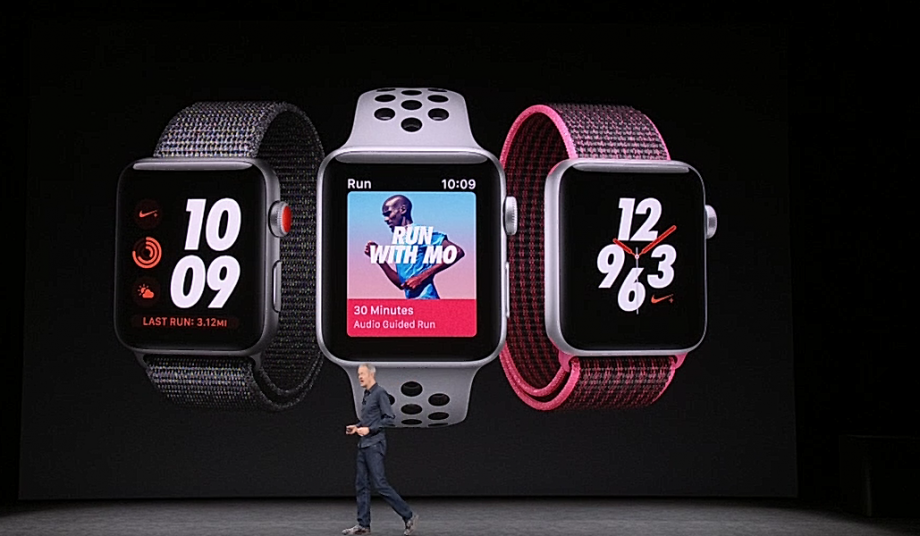
Apple Watch 3 vs Fitbit Ionic: The battle of the fitness smartwatches heats up with the Apple Watch 3 big reveal. Neither watch is out just yet, but which will deserve a place on your wrist?
With its recently announced Fitbit Ionic, the market leader in fitness trackers made a bold move into the fully-fledged smartwatch category, including many of the features that made the Apple Watch 2 such a fantastic hybrid fitness smartwatch. With the announcement of the Apple Watch 3 we’ve now seen Apple’s response.
Related: Best Apple Watch Black Friday deals
Before we kick off deciding which is a better fit for your needs, if you’re considering any Apple Watch, keep in mind you’ll need to have an iPhone to pair it with. There’s no such problem with the Fitbit Ionic, which will happily work with iPhone and Android phones alike.
Related: Best Fitbit
Apple Watch 3 vs Fitbit Ionic – Design and display
Apple and Fitbit are the two main companies still releasing non-circular smartwatches today, with most manufacturers opting to release smartwatches that look more like traditional watches. There are certainly pros and cons to both approaches, with legibility of information on a squared-off watch being one of the distinct advantages.
The Apple Watch 3 has a 38mm option with 272 x 340 resolution and a 42mm option with 312 x 390 resolution. Both models have a 1000nits display brightness, which is great for outdoor use. The Apple Watch 3 sees the return of the characteristic rotating crown, which is a clever way of interacting with the screen without getting your fingers in the way of the screen.
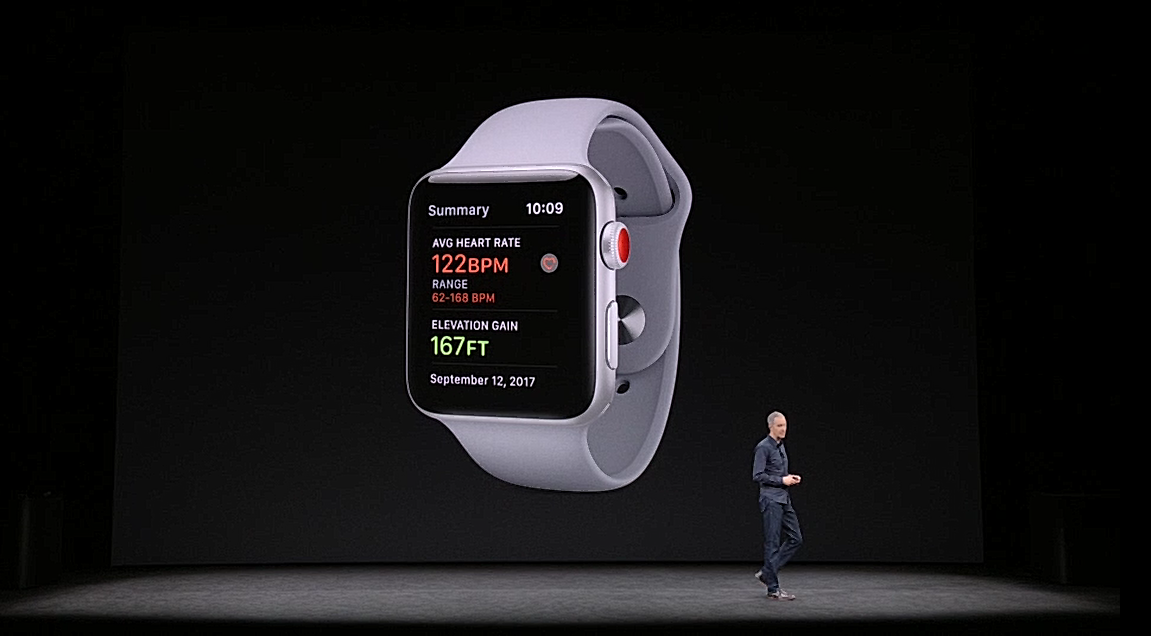
The Fitbit Ionic uses a 1.42-inch touchscreen with a 348 x 250 resolution that goes up to 1000nits in brightness. The resolution also means the display is one of the sharpest smartwatches out there. Rather than a rotating digital crown, the Ionic has three hardware buttons flanking its display. At launch, it will be available in three different colour combinations with replaceable wrist straps that use quick release clips.
Both smartwatches include water-resistance to 50m, meaning they’re safe in the pool and the shower.
Apple Watch 3 vs Fitbit Ionic – Sensors and specifications
Both smartwatches include the main sensors you would expect of a fitness-oriented smartwatch, including: GPS, accelerometer and heart rate monitor. The Fitbit Ionic also has the advantage of an altimeter, which allows it to track your elevation data during exercise, making those mountainous bike rides more worthwhile for fans of data. The Apple Watch 3, unlike the Apple Watch 2, now has an onboard altimeter, meaning you don’t need to use a paired iPhone for elevation data.
The Fitbit Ionic also has a Relative SpO2 sensor, which can detect blood oxygen levels. Fitbit hasn’t said what it plans to use this for just yet, but it has potential for improved sleep tracking by detecting conditions such as sleep apnoea. The Apple Watch Series 3 could potentially support such sensors separately through its improved core Bluetooth support.

Both the Apple Watch 3 and Fitbit Ionic support their own versions of contactless payments through Apple Pay and Fitbit Pay. This means you can leave your wallet behind and still make payments through a debit or credit card attached to payments account.
The Apple Watch 3 has an optional cellular LTE model, which has its own e-SIM inside. This means it has its own data and cellular connection so you’re not reliant on your iPhone. This means you can make and receive calls directly from the Apple Watch 3, as well as respond to messages or do anything else that requires connectivity. The great news is that the e-SIM will use the same phone number as your iPhone. No more separate phone number for your wearable.
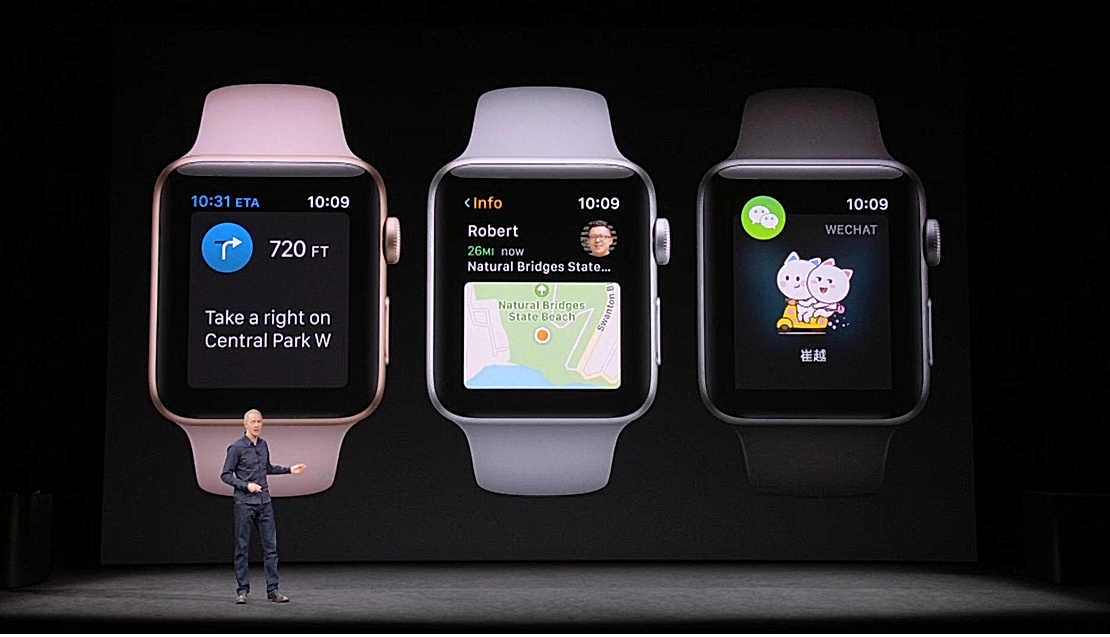
Onboard storage for both, around 2GB for the Apple Watch 3 and 2.5GB on the Fitbit Ionic, will let you store your favourite workout playlist, and you can pair wireless Bluetooth headphones. Fitbit hasn’t revealed what chipset is powering Fitbit OS on the Ionic, but we do know the Apple Watch 3 will use Apple’s custom wearable chipset, the S3, which has been improved considerably over its predecessor.
Apple Watch 3 vs Fitbit Ionic – Activity and exercise tracking
As with most smartwatches released today, health and fitness play prominent roles in both the Apple Watch 3 and Fitbit Ionic. You can expect the usual activity tracking during the day, keeping tabs on the amount of steps you take as well as letting you know you’ve been a bit too sedentary for too long.
Both smartwatches are water-resistant, so include swim-tracking for those who enjoy getting in a few laps at the pool. Both devices are able to detect the number of laps swum as well as recognising different strokes.
One of Fitbit’s strengths is its automatic exercise tracking, meaning you can just start exercising and it will log the details without any user input. This works for walking, running, cycling and elliptical machines. When running, the watch will even urn on its GPS and track your route information for you without you having to do anything. Just lace up your running shoes and set off.
The Apple Watch 3 isn’t as automated but it does support a wide range of sports and exercises, which is to be bolstered further with watchOS 4. More niche activities such as bowling, skiing and functional strength training are to be added.
Apple has another extra feature called GymKit. This lets you pair your Apple Watch with compatible gym equipment such as treadmills or elliptical machines. The Apple Watch is then able to share two-way data with the equipment. This means your user data, such as age and weight, can be shared with the equipment, alongside your heart rate data, so you get more accurate calorie burn. The machine in turn can share data such as distance and elevation, automatically logging a workout in the Apple Watch’s Workout app. Having tried this out, it’s definitely very useful for logging your indoor workouts.
Related: Best fitness trackers

Apple Watch 3 vs Fitbit Ionic – Smartwatch functionality and apps
This is one area where the Apple Watch 3 has a distinct advantage thanks to how long the Apple Watch range has been around, as well as the popularity. There’s a wide range of apps available on watchOS from shopping to productivity and even games. The smartwatch side is also a much stronger offering with far more convenient features available, such as receiving calls from your wrist or making requests to Siri by using the built-in microphone, which isn’t available on the Fitbit Ionic due to a lack of a microphone.
You’re also able to respond to incoming messages through a range of methods including using handwriting recognition and your voice. The Fitbit Ionic is much more passive for now, merely mirroring your notifications to your wrist. It’s better than having to whip out your phone all the time but there’s definitely room for improvement.
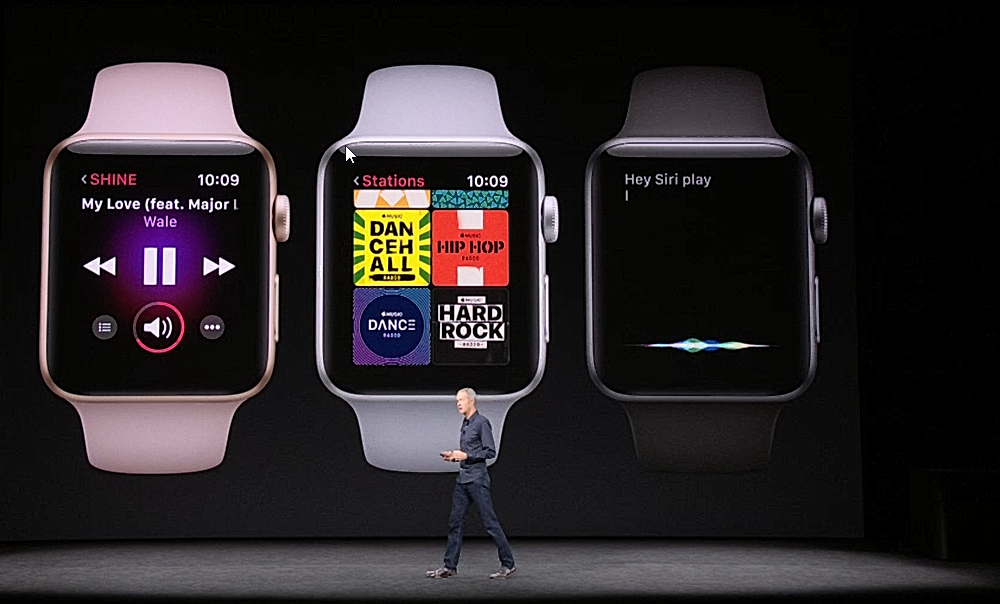
It’ll take time for more apps to become available for Fitbit OS, too, but Fitbit is promising development will be approachable, something it’s leveraged from the acquisition of Pebble. For now there will only be limited apps available at launch but expect more to come. One we know that’s definitely on the way is support for Deezer in 2018. So you’ll at least have an extra option alongside the Pandora support that’s only available in tbe US.
Both the Apple Watch 3 and Fitbit Ionic will let you customise the watchface for a more personal experience but the Apple Watch 3 has the edge again here thanks to context sensitive information being delivered straight to a new Siri watchface in watchOS 4. New with the Apple Watch 3 is the ability for Siri to speak to you through the built-in speaker meaning you don’t even need to look at the screen for information.
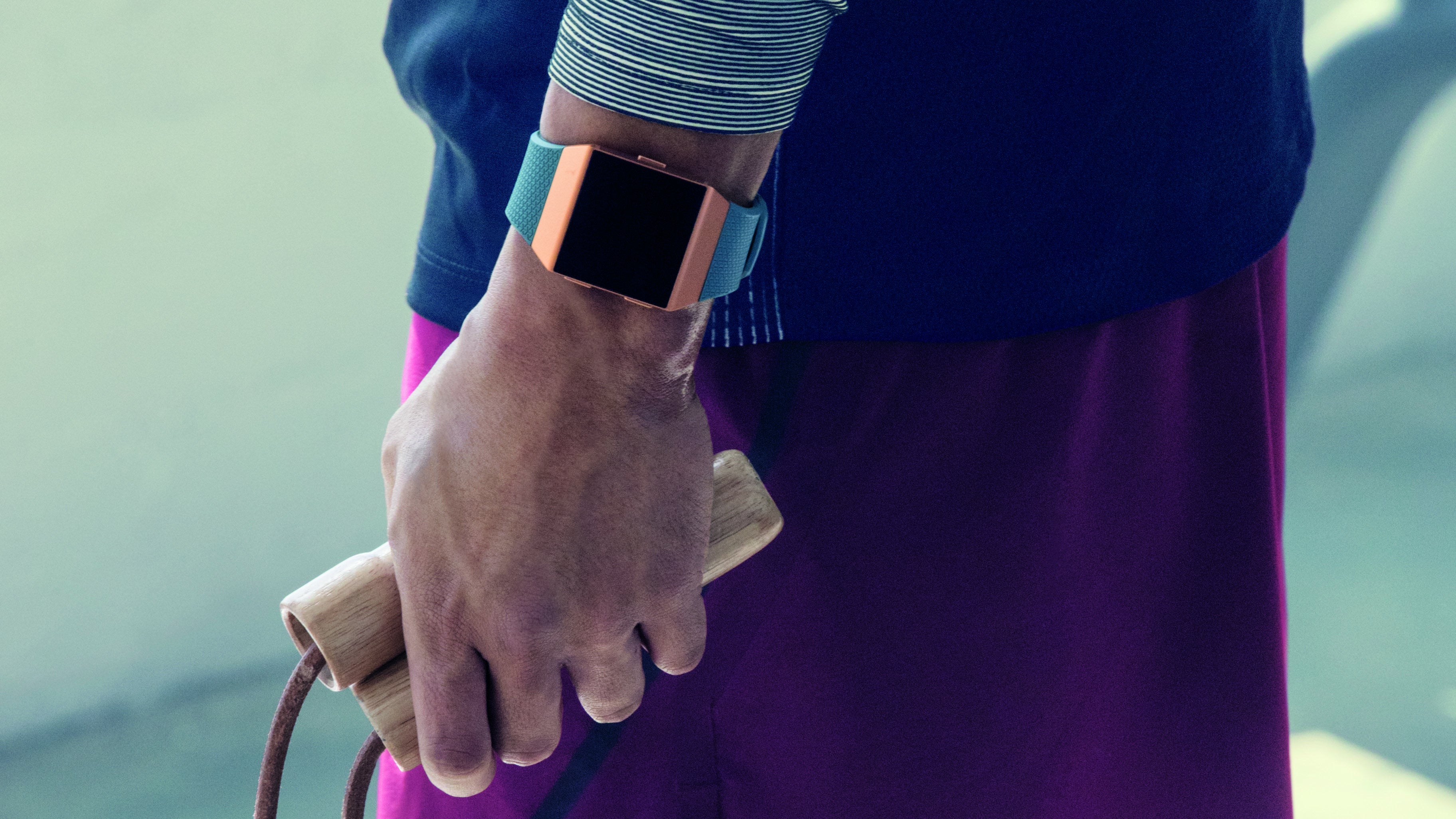
Apple Watch 3 vs Fitbit Ionic – Battery life
Battery life has always been a stumbling block for smartwatches to date. The Apple Watch 2 helped improve things with more than two days of use. The Fitbit Ionic could well be the watch for you if you value sheer longevity, however. Fitbit is reporting more than 4 days use from a single charge, although you’ll only get 10 hours of GPS tracking. That’s mighty impressive.
The Apple Watch 3 will have the same battery life as the Apple Watch 2, which Apple rates at around 18 hours. We’ve seen more than two days dependent on use. Battery life when using the GPS for an outdoor workout is only rated at 5 hours, however, or just 4 hours if using GPS and LTE. Battery life is where the Fitbit Ionic has the distinct edge.
Apple Watch 3 vs Fitbit Ionic – Which is better value for money?
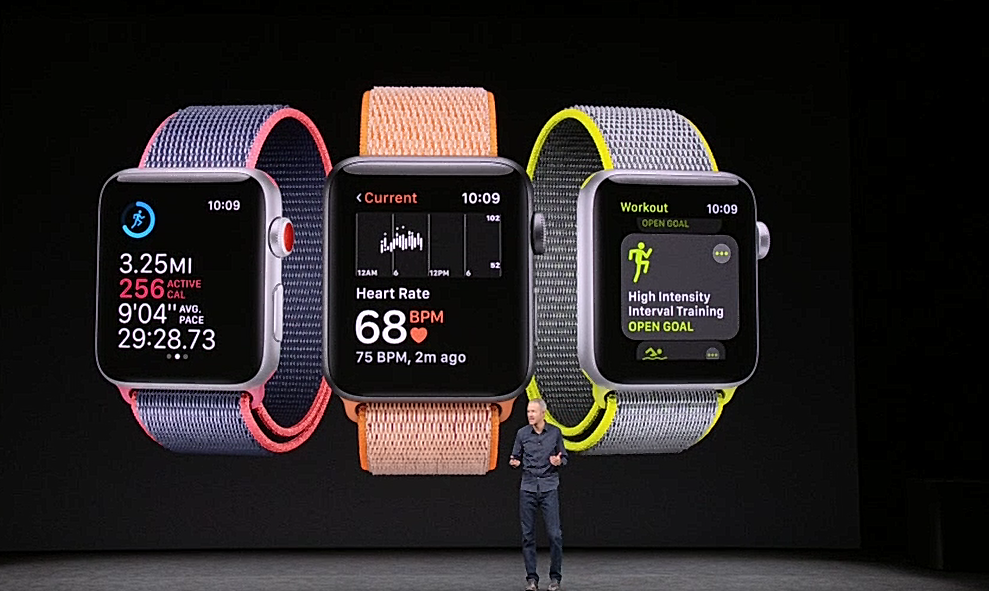
The Fitbit Ionic will launch at £299 in the UK. The Apple Watch 3 will cost £329 for the GPS model and £399 for the GPS + Cellular option. That’s not a lot separating the entry-level Apple Watch 3 and Fitbit Ionic, so the Fitbit will have its work cut out convincing people to not go with the more established wearable. Check back for our all important full reviews.
Related: Best smartwatches
Apple Watch 3 vs Fitbit Ionic summary – What’s the difference?
For a quick breakdown of the key differences between the two smartwatches, here’s what you need to know.
Design: Both watches have a square design with bright 1000nit displays. Both are water-resistant to 50m, too.
Specs: Both wearables have a similar set of sensors and specs, including heart rate monitor, built-in GPS and onboard storage for music. The Fitbit Ionic also has a Relative SPO2 sensor for bloody oxygen levels but there isn’t a use for this just yet. The Apple Watch 3 has an optional cellular LTE connection.
Apps and smartwatch functionality: The Apple Watch 3 wins with a wider app catalogue and better smartwatch functionality.
Battery life: The Fitbit Ionic has exceptional 4+ days battery life, whereas the Apple Watch 3 can last closer to two. Under GPS use, you can expect around double the battery life from the Fitbit Ionic, too.
Price: The Fitbit Ionic is slightly easier on your wallet at £299, with the Apple Watch 3 costing £329 for the GPS model, rising to £399 for the GPS + Cellular option.
Which smartwatch wins out for you? Let us know on Twitter or Facebook.


